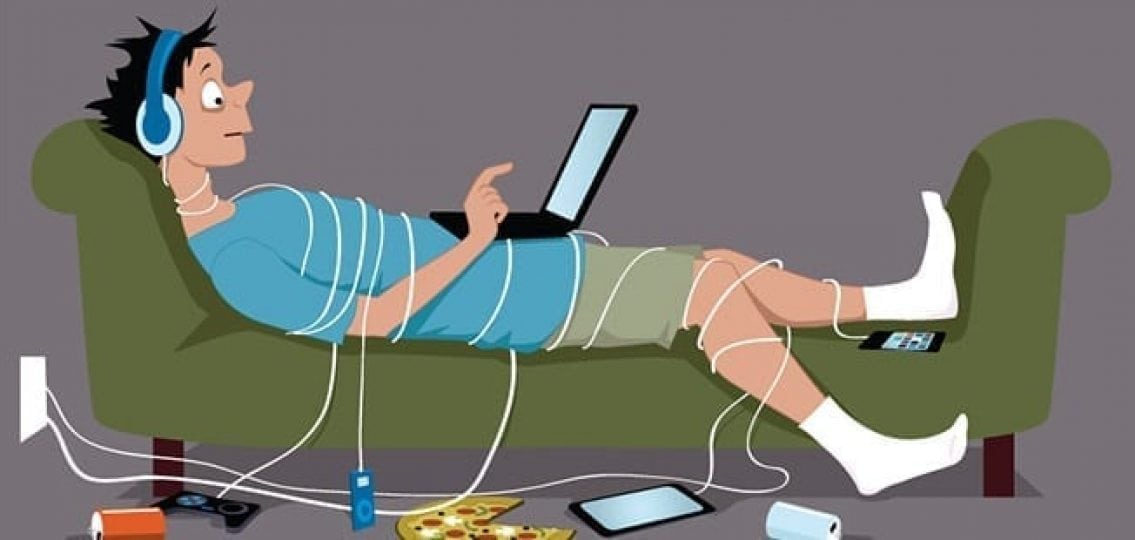


O’Sullivan, who has two young children ages 8 and 10 who play sports, says having a child concentrate on one sport – and one sport only – before their middle teenage years is a big part of the problem. How can we keep young soccer players safe? “So, I guess I’m an example of a parent who I think made some mistakes and probably could help parents understand that they shouldn’t be in a hurry, that if their kids really have talent and passion that they are going to be OK whether they’re playing on six travel teams or just the rec league.” Should I have said no to some opportunities he had to play on teams during times of the year when he should have been resting? Yes,” he said. “Was I too invested in his youth baseball career? Yes. His son was a star pitcher at age 10 (he was the coach), and Hyman often thinks about the “pretty profound mistake” he made getting swept up in his son’s success.īy the time his son was 16, he had a ruptured ligament in his elbow, which spelled the beginning of the end for him, said Hyman. This is something Hyman knows all too well, he says. Every year, more than 3.5 million children under the age 14 need treatment for sports injuries, with nearly half of all sports injuries for middle and high school students caused by overuse, according to research. One of the main reasons kids are walking away is because of injuries due to overuse, many of the people I interviewed for this story say. “We know all the benefits of activity from better grades to less drugs, less pregnancy, more likely to go to college and on and on and on and yet at the same age when most kids are walking away from sports is that critical age where if they’re active then, they’re likely to be active for life.” This is a wellness issue,’ ” said O’Sullivan, citing how this generation is the first generation to have a shorter life expectancy than their parents and it’s due to inactivity. “As I say to all the parents at my parents talks, ‘This isn’t a sports issue. His organization’s goal is to return youth sports to the children and to “put the ‘play’ back in ‘play ball.’ “
#My teenage son wants to quit all sports professional#
We shouldn’t be satisfied and should be very worried about how many kids are dropping out, said John O’Sullivan, a former college and professional soccer player, who has coached on every level from children to college, and who now devotes his energy to the Changing the Game Project. Walmart would figure out a different business model but in youth sports, we seem to be very satisfied with a 70% dropout rate.” I’m not coming back,’ the status quo would not stand. “If 70% of Walmart’s customers walked out of the store and said, ‘This is not for me. Hyman, who is an assistant professor of management at George Washington University, likes to compare the situation to what might happen in the business world with the same kind of fallout. It might be for you, but it’s really not meeting our needs,” said Mark Hyman, author of three highly-regarded books on kids and sports, including “Until It Hurts: America’s Obsession with Youth Sports and How It Harms Our Kids.” Let’s put it this way: If your daughter or son plays on a soccer team, seven out of 10 of the members of that team won’t be playing soccer or any organized sport whatsoever by the time they enter their teenage years. Seventy percent of children leave organized sports by the age 13, according to research by the National Alliance for Sports. And, there are plenty of stats to back up how concerning the problem should be for parents who want the best for their kids. The early recruiting by colleges combined with parents’ unwillingness to stand up and say no to such practices is just one example of how youth sports has changed and for the worse, coaches, players, authors and parents I interviewed for this story say. Should high school athletes get EKG tests?


 0 kommentar(er)
0 kommentar(er)
